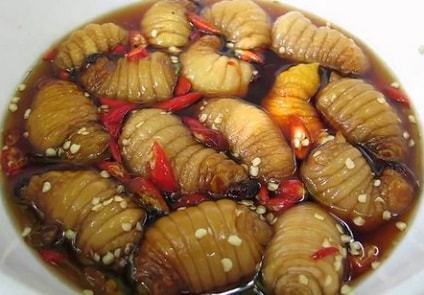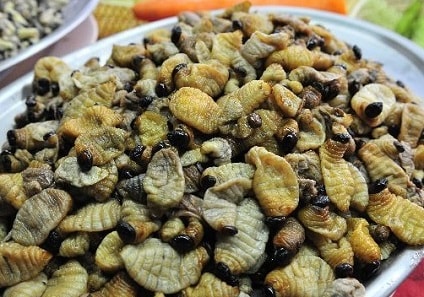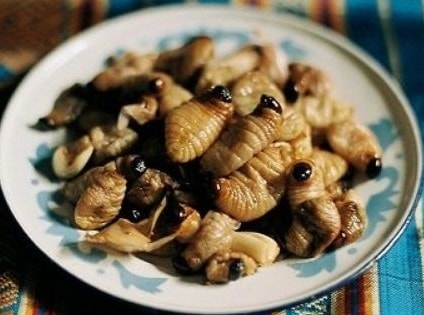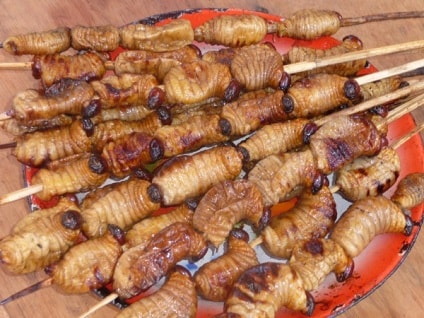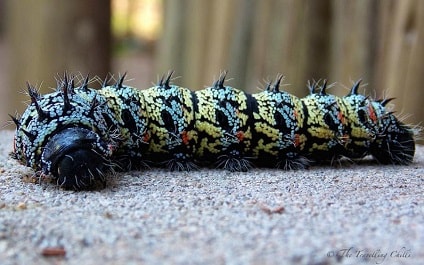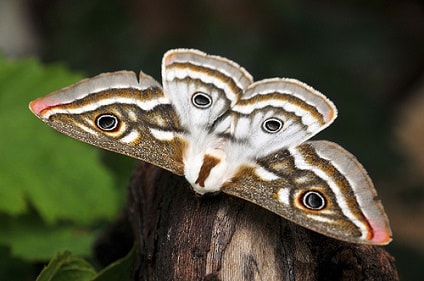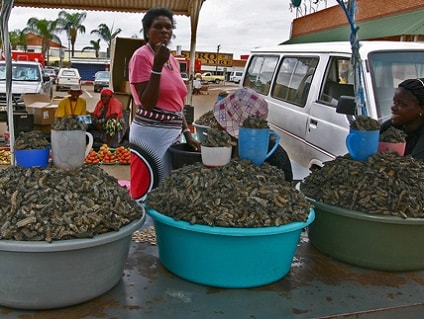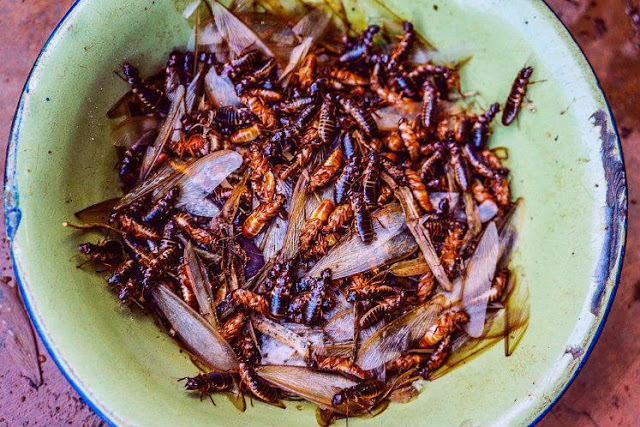by Staff writer

You don’t need to travel to Asia to enjoy great insect delicacies.
From crickets to termites, we eat them all here in Africa.
But top in our list of edible insects of Africa are the Rhinoceros beetle larvae, the Mopani worm and winged termites.
1. Rhinoceros Beetle Larva

The larva of the Rhinoceros Beetle (Dynastinae) is a known delicacy in various parts of Africa, mostly West Africa.
The beetle got its name from the characteristic horn borne by adult males of the species that actually looks like the rhinoceros horn.

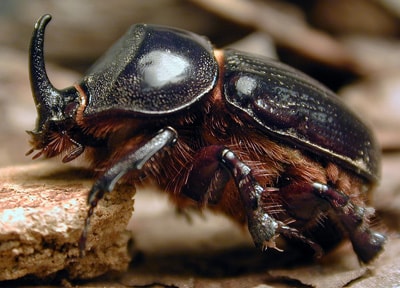
Rhino beetles lay eggs in decaying matter and these hatch into larvae.
A single female Rhinoceros beetle can lay up to 50 eggs.
Eggs are small and white in colour and take around 3 – 4 weeks to hatch.
From each egg a single larva (grub) will emerge.
The translucent creamy–white grubs feed on the decomposing matter and can grow up to a length of 80 mm.
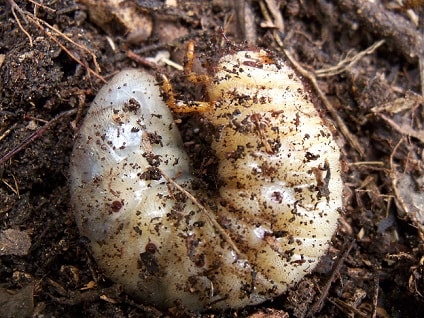
Larvae is harvested from substrate, washed and then fried.
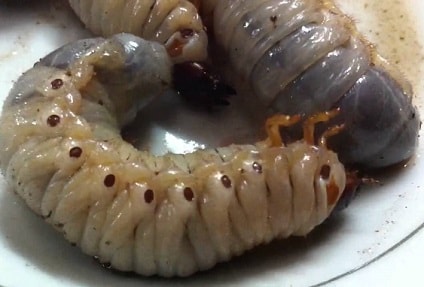
Entomologist Séverin Tchibozo suggests that the larvae contain much more protein (40%) than chicken (20%) and beef (approx. 18%).
Many also claim fried beetle larvae actually taste better than roast chicken.
2. Mopani Worms
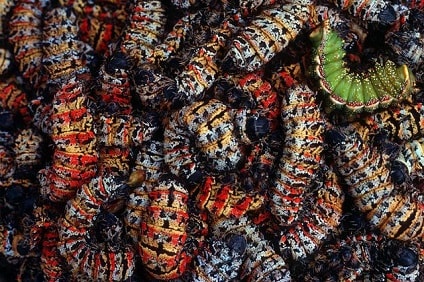
Mopani worms get their English name from hanging out on Mopani trees which are prevalent in Southern Africa.
And they are not really worms, but caterpillars, the larvae of the emperor moth—Gonimbrasia belina.
The best time to harvest Mopani worms is when they are at maximum plumpness, late in their larval stage and before they bury themselves in order to re-appear as an adult moth.
It’s a delicacy in some parts of Southern Africa, though considered a bush food in others.
But everyone agrees it is highly nutritious and some regard it as truly delicious.
Normally, you’ll see huge bags of dried and/or smoked Mopani worms in local markets throughout rural Zambia, Zimbabwe, Botswana, South Africa and Namibia.
Dried Mopani worms can be eaten raw as a crisp snack; however, in Botswana people tend not to eat the head.
Alternatively, Mopani worms can be soaked to rehydrate, before being fried until they are crunchy, or cooked with onion, tomatoes and spices and then served with pap or sadza (cornmeal).
Mopani (sometimes spelled Mopane) worms are called phane in Botswana, mashonja in Zimbabwe and parts of South Africa, and omangungu in Namibia.
Nutritionally they pack a punch, consisting of 60% protein along with good amounts of iron and calcium.
3. Winged Termites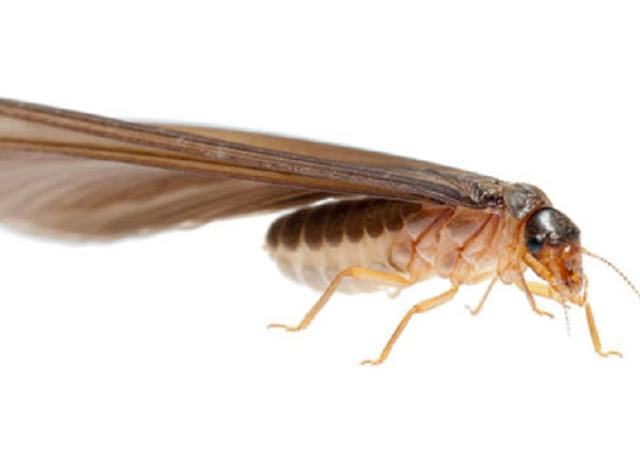
These are the reproductive adults of termites.
43 termite species are used as food by humans. In addition to Africa, termites are consumed in local or tribal areas in Asia and North and South America. Termites are high in nutrition with adequate levels of fat and protein.
Termites are collected during the rainy season. During a nuptial flight, they are typically seen around bright lights to which they are attracted, and so nets are set up on lamps and captured termites are later collected.
The wings are removed through a technique that is similar to winnowing. The best result comes when they are lightly roasted on a hot plate or fried until crisp.
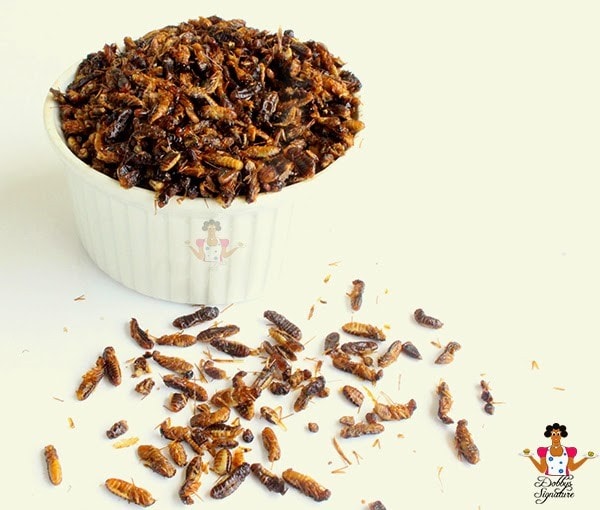 |
| Fried termites – (Credit: Dobby Signature) |
In some parts of Nigeria, the fried termites are used to cook a kind of maize pudding (called igbagwu in Igbo language).
In some other places, they are used to make okra or egusi soup.
Even a report released by the United Nations Food and Agriculture Organization in 2013 strongly encouraged eating of insects—entomophagy in its clearer term.
There are more than 1,900 edible insect species on Earth, hundreds of which are already part of the diet in many countries.
In fact, some two billion people eat a wide variety of insects regularly, both cooked and raw!
Tell us in your comments which is your best insect delicacy…
